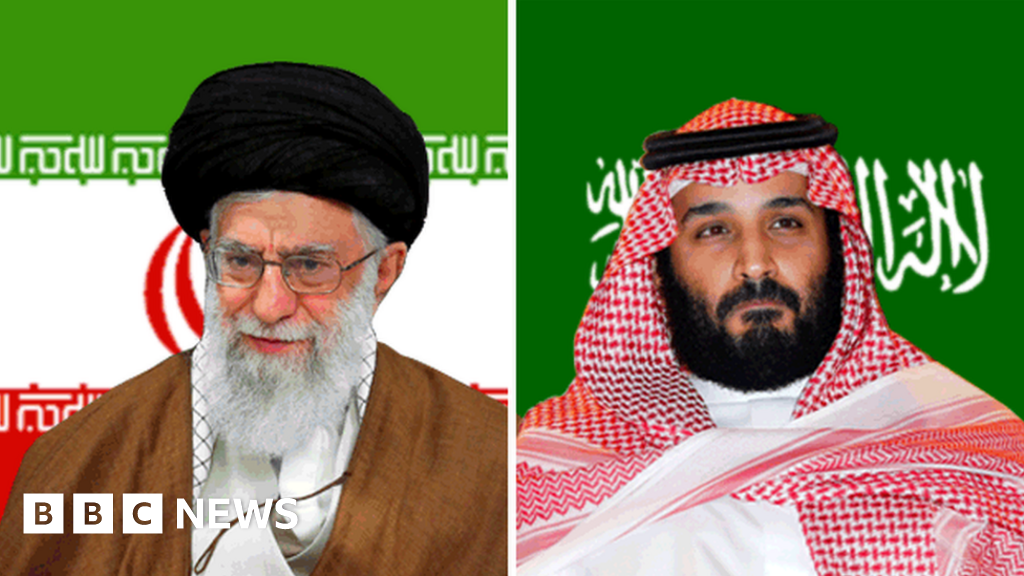Are Iranians Arabs?

Introduction
The question "Are Iranians Arabs?" often sparks debate and confusion, as it touches on complex issues of ethnicity, language, and national identity. With a rich tapestry of history, culture, and social dynamics, Iran is home to a diverse population that identifies with various ethnic backgrounds. In this article, we will explore the distinctions between Iranians and Arabs, delving into their historical roots, cultural differences, and linguistic variations. By the end of this discussion, readers will gain a clearer understanding of these two groups and the nuances that separate them.
The Ethnic Landscape of Iran
H2: Understanding Iranian Ethnicity
- Persians: The majority ethnic group in Iran, making up about 61% of the population. They primarily speak Persian (Farsi) and have a rich cultural heritage that dates back thousands of years.
- Azeris: Comprising around 16% of the population, the Azeris are a Turkic ethnic group predominantly found in the northwest of Iran. They speak Azerbaijani and share cultural ties with Azerbaijan.
- Kurds: Making up about 10% of the population, Kurds inhabit the western regions of Iran. They speak Kurdish and have a distinct cultural identity.
- Others: Smaller ethnic groups include Lurs, Baloch, Arabs, and Turkmen, each contributing to the country's diversity.
H3: The Arab Population in Iran
While Arabs constitute a minority in Iran, they primarily reside in the southwestern province of Khuzestan. This region shares cultural and linguistic ties with neighboring Arab countries, particularly Iraq. The Arab population in Iran identifies as Iranian citizens and speaks Arabic alongside Persian.
The Arab Identity
H2: Who Are the Arabs?
- Historical Roots: Arabs are a Semitic ethnic group originating from the Arabian Peninsula. They share a common linguistic heritage, with Arabic as their primary language.
- Cultural Unity: Despite the vast geographical spread, Arab culture is unified by shared traditions, values, and historical experiences, including the influence of Islam.
H3: The Arab World
The Arab world encompasses 22 countries across the Middle East and North Africa (MENA), including Saudi Arabia, Egypt, and Lebanon. This region is characterized by a rich cultural heritage, including literature, music, and cuisine.
Key Differences Between Iranians and Arabs
H2: Language and Communication
- Persian vs. Arabic: The primary distinction lies in language. Iranians predominantly speak Persian, while Arabs speak Arabic. These languages belong to different language families—Indo-European for Persian and Semitic for Arabic.
- Cultural Expressions: Literature, poetry, and music vary significantly between the two cultures, with each having its own distinct forms and styles.
H3: Historical Context
- Ancient Civilizations: Iran has a history that includes the Persian Empire, which was one of the world's earliest and most influential civilizations. In contrast, Arab history is deeply intertwined with the rise of Islam in the 7th century.
- Political Dynamics: The political histories of Iran and Arab nations differ significantly, influencing their contemporary identities and relationships with one another.
Common Misconceptions
H2: Are All Iranians Arabs?
No, not all Iranians are Arabs. The majority of Iranians are Persians, with a significant number belonging to other ethnic groups. While there is an Arab minority in Iran, they are distinct from the Persian majority.
H3: Cultural Overlaps
While there are cultural overlaps due to geographic proximity and historical interactions, the core identities of Iranians and Arabs remain distinct. Misunderstandings often arise from these shared experiences, leading to the assumption that Iranians are Arabs.
Conclusion
In summary, the question "Are Iranians Arabs?" is best answered with a clear distinction between the two identities. Iranians, primarily Persians, have a rich cultural heritage that is separate from that of Arabs, who share their own unique history and traditions. Understanding these differences is crucial for fostering respect and appreciation for the diverse cultures that exist within the Middle East. As we navigate an increasingly interconnected world, recognizing and celebrating these distinctions can lead to greater harmony and understanding among different ethnic groups.



Comments ()